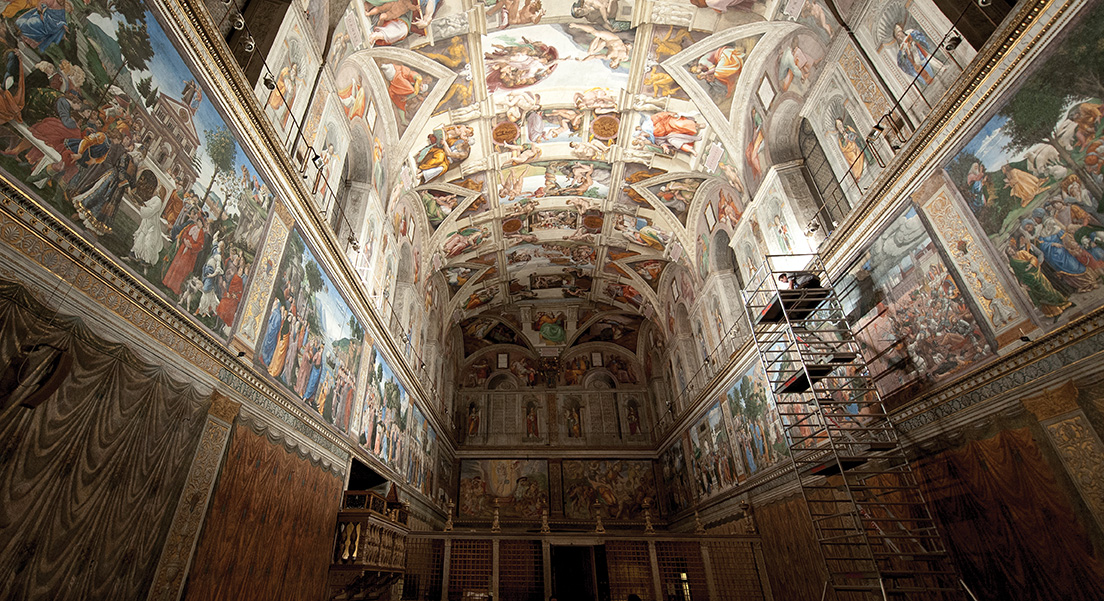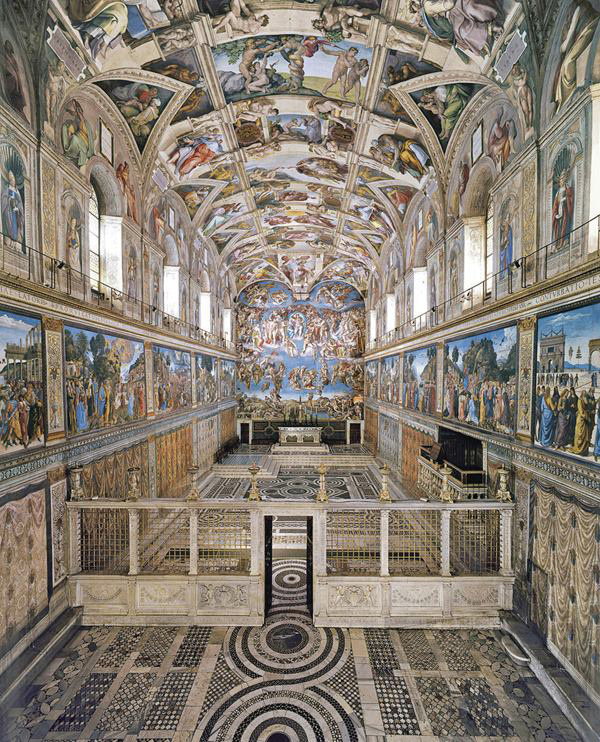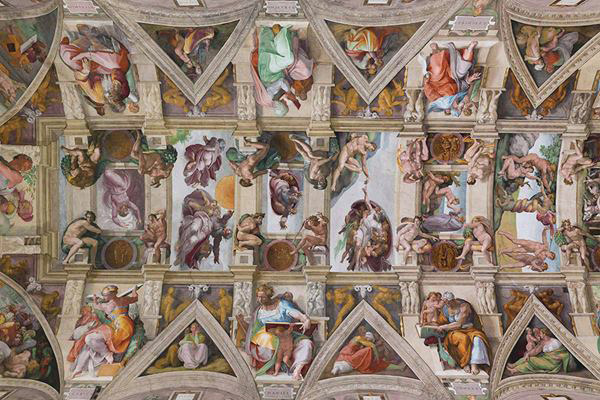LusiveLife
LusiveLife /
Design - Events - Giving - InspirationRelighting the Sistine Chapel

Let there be light.
That was the challenge by the Vatican Museum to German lighting giant Osram.
The lighting in the famous chapel - where the College of Cardinals have sat to elect a new pope since the late 15th century – was low and irregular so that visitors struggled to see such well known details as the outstretched hands of God and Adam in ‘The Creation of Adam’.
For hundreds of years the chapel and its frescoes were lit by the high windows at the top tiers of the walls and by hundreds of candles, whose smoke coated the delicately painted plaster with layers of oily soot mingled with dust and other pollutants from the streets of Rome. After the restoration of the ceiling in 1986, these windows were permanently closed and fitted with specialized screens to filter out ultraviolet sunlight.
More than six million people visit the Sistine Chapel in any given year, sometimes at a rate of 20,000 a day.
The new lighting will boost by at least five times the illumination of Michelangelo's 500-year-old masterpiece by 5 times — without any damage to the frescos. The move will also cut energy consumption by at least 60% in another high high-profile example of the trend by major museums to use new lighting systems to save energy and improve their displays. Last year, Toshiba installed LEDs for the Mona Lisa and other works in Paris's Louvre Museum. London's National Portrait Gallery and Amsterdam's Rijksmuseum have also changed to LED systems.


